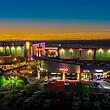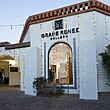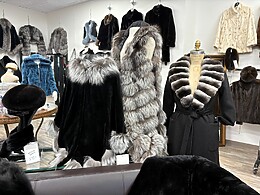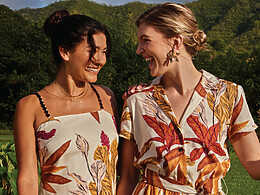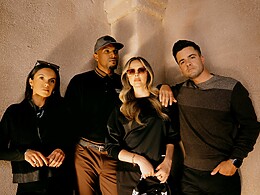Having owned a beauty store for a few years I can honestly say that the one thing that keeps me from entering most cosmetic departments and makeup super stores is the often unsanitary tester units.
Knowing how much bacteria such as staph or E coli can linger on individual cosmetic products my number one priority in my business was (and is) keeping shared products like those in tester units clean and safe for the general public. In fact, because we also provided spa services the State Board of Cosmetology kept an eye on us with surprise inspections (as they do with most new spas and salons) and because of our own stringent policies of daily tester cleaning and covering items with lids when the store was closed we always passed with flying colors. Unfortunately cosmetic testers in stores are not regulated at all…. So buyer beware!
Allure Magazine did an amazing article on how to make safe choices when you are testing out cosmetics.
So, are those in-store testers just kind of icky or can they actually be dangerous?
To find out, I asked Elizabeth Brooks, a professor of biological science who ran a Rowan University study on makeup tester germs. Turns out, the news is not good: “More than half of all testers were contaminated, and we found staph, strep and E. coli bacteria from feces,” she says. Not only is that disgusting, but it also means that by trying an eye shadow or lipstick, “you can contract pink eye, infections or even viruses like herpes or hepatitis,” Brooks says. (Herpes, people!) But since we know that no one wants to buy makeup without seeing how it’ll look on, we found out how to do so safely:
Ask the salesperson to prep the tester. For lipstick, he or she should dip it in alcohol, then scrape off the top layer, and use a new, disposable applicator—not his or her finger—or a brush sprayed with alcohol. Since all of the contamination is on the surface layer, sharpening works for lip- or eyeliners. Powders can be just as germy as creams, so you can try bringing your own makeup alcohol wipes to clean them (we like Beauty So Clean Cosmetic Sanitizer Wipes), though Brooks says to make sure you wipe the entire surface of the tester, and that you still have the salesperson scrape it afterward.
Shop on weekdays. Brooks took samples on different days of the week, and Saturdays were the most contaminated days, presumably since there are more mall shoppers on weekends. The least-germy batches were Friday morning and Wednesday morning, since the nights before tend to be low-traffic.
Quit the pot. Don’t try anything that comes in an open jar people dip a finger into, such as lotion, lip gloss or loose eye shadow, because then the contamination isn’t just on the top layer—it’s throughout, so there’s no way to clean it, says Brooks.
Get cheeky. It’s fine to apply foundation, blush, or any other products to the back of your hand, cheek or jawline, since “the worst thing you could catch is a zit,” says Brooks. But unless you know you’re getting a clean sample, avoid applying testers to your eyes or lips, which are direct entry points for germs and can lead to infections and viruses. – Sarah Wexler
If you happen to be concerned about your own products as mentioned above I love Beauty So Clean who actually makes the first natural cosmetic “cleaner”. It sanitizes your makeup from lipsticks to shadows to foundations without ruining the products. And they also make my all- time favorite brush cleaner without all the toxic chemicals to keep your brushes fresh, clean and smelling pretty! Beautysoclean.com



